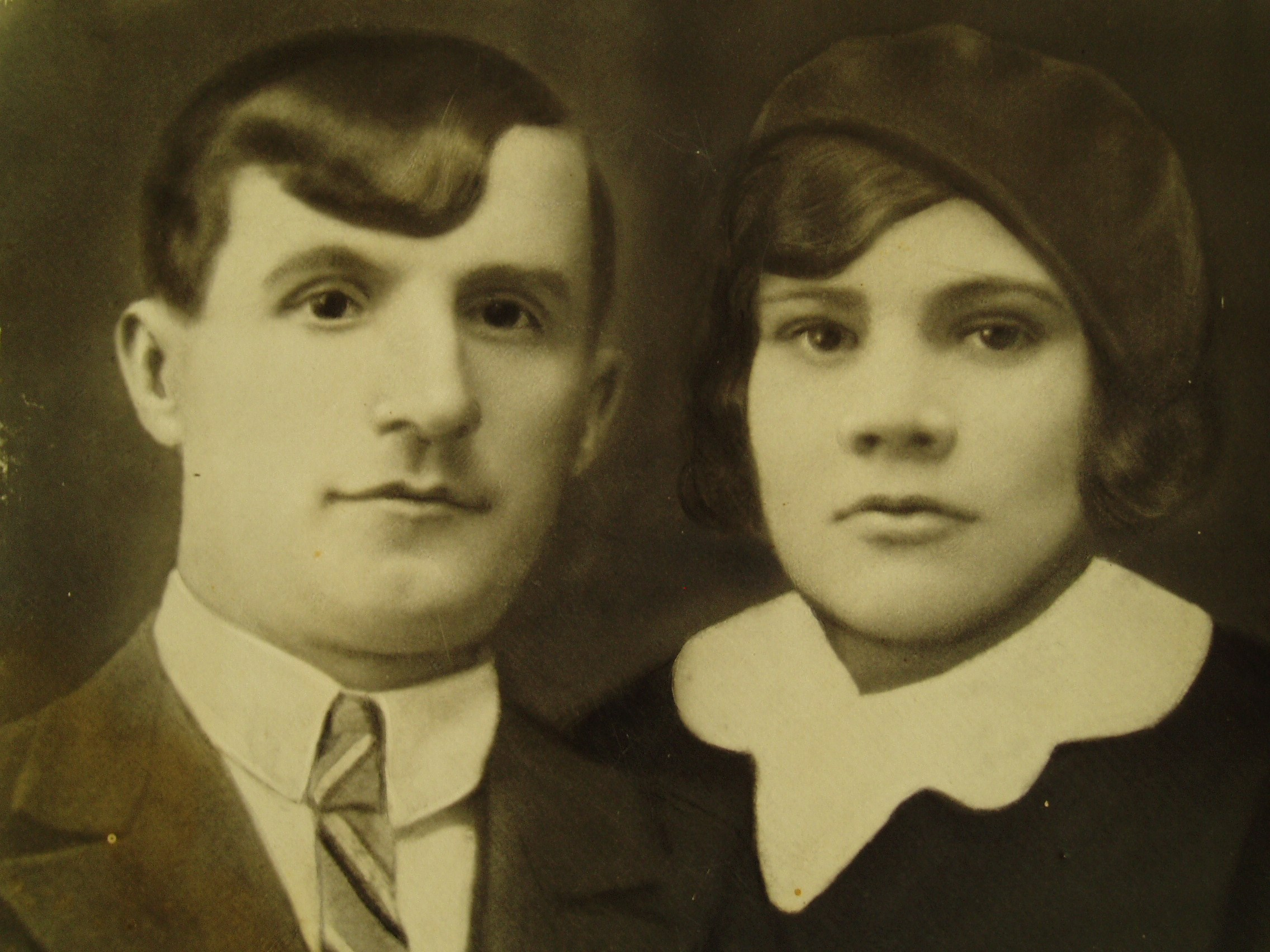
Babcia
Amid the shifting borders of the early 20th century, my great-grandparents Jadwiga and Jazep Vysotski left a village in Poland and arrived in Ludza, a small town in Eastern Latvia. Little is known about them: neither the name of the town they came from nor the reasons why they chose Ludza. Only a few photographs remain, along with a family legend that Jadwiga, my great-grandmother, was a witch.
Was this the reason why no stories about her were told in our family, or did this story arise simply because no others were remembered?
The project begins with this fragment and expands into a broader inquiry into how myths are produced and sustained. In Ludza, the figure of the outsider — a migrant, a woman arriving from elsewhere — became a projection screen for fear and exclusion. The legend of the “witch” reflects not only a family silence but also the community’s attempt to rationalize otherness through fiction. In this sense, the work links personal memory to broader European questions of migration, xenophobia, and the fragile status of those marked as strangers.
Formally, the project operates between document and invention. It weaves together three layers of material: staged photographs, found vernacular images, and archival records. This interplay emphasizes how even seemingly factual traces, once filtered through silence or imagination, become entangled with myth. The narrative mirrors the way memory itself is pieced together — through gaps, confabulations, and selective transmission. The mockumentary approach makes visible the impossibility of verifying truth, replicating the instability of both private memory and collective history.
By reconstructing this story with incomplete material, the work reflects on intergenerational myth-making: how silence generates fiction, how fiction hardens into belief, and how both shape our understanding of belonging.



















